Acknowledgments
I started this project, which is published as a work in progress, during the Summer Camp on ‘Utopian Cities, Programmed Societies’ taking place June 2019, in Victoria, Romania.
My approach was strongly informed by the infrastructure research project CHT/Totalism <1> (Lanzarote, Canary Islands), with whom I have been collaborating with since mid-2018, and where I have spent the winter of 2018-2019. While my involvement in the project taught me about digital tools for knowledge organisation <2>, novel systems of representation <3> and the establishment of a tactical nomadic infrastructure <4>, it also gave me a wider theoretical framework to practice critical thinking <5>. Performing research outside of traditional institutions and often being confronted to the lack of basic infrastructures in these locations (access to water or absence of Wifi) has refocused my rather ‘hands-on’ material designer approach, towards attempting to share holistic understanding of events, such as ecocide; the mass anthropogenic impact on natures.
Context : a lake, a chemical industry and a culture of ecology
The scenery of the Balea Lake is located at 2034m in the Fagaras Mountains, South Carpathians. It is accessible by car and bus via the breath-taking Transfagarasan road, and is an outstanding tourist site in the heart of Romania. Day tours are available <6> and a chalet, directly by the lake, also offers activities and food for visitors <7>.
The city of Victoria, built after a Soviet regime and erected in the middle of a forest, has long existed for the purpose of the chemical factory established there in 1939. Despite the overall effort of the city and its infrastructures to train perfect workers for the factory during the communist era, in the 1960s a special class on ecology at the Liceul Teoretic was created and directed by Nicolae Diminescu. He later became active in several political movements, promoting ecology all over Romania. The educational programme included: excursions to the nearby mountains for students to birdwatch, to create inventories of insects, plants and small animals, as well as the practice of taxidermy and the painting of educational frescoes at the school.
The group called ‘Floare de Colt’ (Edelweiss club) formed by the Professor and his students proudly achieve the building of a mountain shelter, or ‘Cabana’, during this period (later destroyed).
In the light of contemporary practices, I understand this club as a group of volunteers, ecologists, potential activists, and an East European vanguard of today’s ‘citizen science’. Defined as “scientific research conducted, in whole or in part, by amateur (or nonprofessional) scientists, citizen science is sometimes described as ‘public participation in scientific research,’ […] whose outcomes are often advancements in scientific research, as well as an increase in the public’s understanding of science”. <8>
In times of illegal and violent deforestation threats in the country <9>, I believe this historic initiative has shaped an original mindset, that should be fostered to face ecological contemporary challenges.
Ecological-Hacker mindset | the application of the CHT/Totalism nature-culture principles
Since 2014, CHT is organising temporary, experimental off-grid desert camps, so living in natural environments, several times per year. <1> Systematising garbage collection in nature has been practiced, reflected and protocolised at CHT camps since 2016’s CHT4-C. <10> Within CHT protocols, discarded items present important visual clues to decode the local life.
My project in Victoria aims at practicing, extending and contributing to the CHT protocol for environmental activism. <11>
Statement
The method we put in practice is based on the observations of a visible phenomenon: waste in natural sites.
Deceptive from first sight, unpleasant in the natural context, even unexpected in a “preserved” area, we have to face it as a fact: waste is spread all over the world, left or brought there, by human activities, industrially or individually, or through wind and water streams. Surely, gathering waste in order to take it out of sight is an important action: ‘this is a civic gesture’ one will hear. Several initiatives on sea coasts are active and seeking for volunteers, such as Spanish brigades <12> and the international network of Precious Plastic. <13> In the case of objects found on a beach or swimming in the oceans, their origins, blurred by streams, are undoubtedly more challenging to identify. By opposition, in a relatively closed and remote ecosystem as the example of Balea Lake, we can assume that plastic wrappers and the like were brought by local human activities linked to tourism. Once we know the origins of a plastic object, we can also start to imagine its recycling and repurposing life cycle. It is true for the textile industry, as currently researched by IKEA and H&M <14>, and obvious in the rich and diverse world of plastic types. <15>
Applied protocol at Lake Balea <11>
* Be an active visitor.
Consider your time spent in the given place, and what you do there
== Within one hour of the visit, I would have liked to enjoy a short hike around the lake, but…
* Observe, research, rethink, and reconstruct a nature-culture logic
There will always be a set of different and somewhat inconsistent interactions, aim to curate them.
== While something in this place appeals to nature lovers and eco-tourism, directly on the parking lot, several stalls with goodies are open.
* In direct contact, collect things that should not be here
So the obvious man-made objects, non-biodegradable litter and waste…
== I collected the garbage, within my reach, lying in the lake and around it.
* Engage both with locals, and tourists/visitors.
Share practices, raise awareness, question habits.
== I engaged with other visitors while some would rather look away from the exposed trash.
* Consider the provenance of things
Trace to understand their origins.
== detailed in “decoding” below, and to be pursued.
——-
a more exhaustive inventory is accessible online <16>
* Make something out of it
Document, exhibit, …
== this article, online documentation and further investigations.
Decoding: What do people do at Balea Lake?
This speculation is based on waste found in the lake or in the grass and the CHT protocol applied to them.
They enjoy the view, maybe take a walk around, and also…
EAT:
* Their picnic -> aluminium foils
* Sweets -> candies, cookies and ice creams wrappers
DRINK:
* A coffee bought at the nearby café -> small plastic cups
*Possibly with milk in it -> very damaged milk packages, also special ones for kids
* Sugar -> individual packages and large plastic
* A beer or a cola -> cans in various states of degradation
* Liquids from plastic bottles -> bottle tags and caps
FLOSS:
*With a floss pick
SMOKE
* A broken lighter
* Several cigarette butts <17>
Tourists commonly like to buy souvenirs and right there are semi-permanent stalls displaying shiny plastic jewellery, sliced agate geodes and mountain cheeses…local and international goods are presented side by side. What comes from afar needed to be wrapped in protective materials, such as the ones found at the bottom of the lake:
* pieces of white polystyrene
* large strong plastic sheets
To make for a welcoming atmosphere, the chalet, where people enjoy the view and a café, is decorated with green plants:
-> A price tag for a plant in a ceramic pot was found in the mud
* Distributed by Carrefour Romania
* Originally from the Netherlands
——–
== Drawing a tentacular network of production, distribution and logistics where economics, politics and societies are actors.
Ecology and politics, a desirable future?
As the notion of Anthropocene is being scientifically acknowledged <18>, and the impact of humans’ activities on the planet and its environmental degradation recognized, I want to evoke the paradigm of the ‘consumer’s power’. While it let us imagine that we are all actors of change, I believe this tendency to be mostly fooling the conscious citizens by hiding the decisive role and responsibility of big corporations in the current ecocide. Ecological culpabilities, recycling stress, avoiding taking a flight or two, and so many other little daily things <19> that we actually have to do at our personal scale to save the planet, or so are we told to. Unfortunately, it still appears that the (real) powerful actors are the ones who:
* Create industrial and chemical waste and pollution <20>,
* Emit large amounts of CO2, such as international logistics networks for goods transportation <21>,
* Practice economical lobbying upon political power <22>
* Evade state taxes; typical for multinational corporations
In an attempt to formulate my desired vision for the future of our humanity on Earth, with regards to the impact of humans’ activities and specifically the production of objects, food and plastics, I encountered the ‘Ecosocialist Manifesto’ <23> and here I quote:
* an extract of their position:
‘Acting on nature and its ecological balance, the [capitalist] regime, with its imperative to constantly expand profitability, exposes ecosystems to destabilizing pollutants, fragments habitats that have evolved over aeons to allow the flourishing of organisms, squanders resources, and reduces the sensuous vitality of nature to the cold exchangeability required for the accumulation of capital.’
* their direction:
‘The goal [of ecosocialism] is a transformation of needs, and a profound shift toward the qualitative dimension and away from the quantitative. From the standpoint of commodity production, this translates into a valorization of use-values over exchange-values—a project of far-reaching significance grounded in immediate economic activity.’
Finally, in tribute to the Edelweiss Club’s mountain chalet, I read the book ‘Nos cabanes’, written by Marielle Macé and I quote these simple words that resonate as a code of conduct for me:
‘Face the world – Inhabit differently – Enlarge it’
REFERENCES
1 = Main website entry https://totalism.org
2 = E2h software https://totalism.org/E2H
3 = Research project on representation systems https://totalism.org/representation
4 = CHT base tech-tree https://totalism.org/tech-tree
5 = Shared knowledge and background https://totalism.org/commonground
6 = For example https://toursinbrasov.com/tours/visit-balea/
7 = Official website http://balealac.ro/en/home/
8 = Wikipedia https://en.wikipedia.org/wiki/Citizen_science
9 = BBC article, 21Oct 2019, on murdered rangers in Romanian forest http://bit.do/rangers_romania
10 = 2016 camp https://totalism.org/season4-C
11 = Protocol at https://totalism.org/in-nature
12 = https://www.terracycle.com/es-ES/brigades/programa-de-reciclaje-de-plasticos-en-playa
13 = For example in Canary Islands https://www.facebook.com/PreciousPlasticCanarias/ or in Greece https://www.facebook.com/PreciousPlasticGreece/
14 = Online article, 17.Oct 2019, on fabric recycling research by H&M and Ikea http://bit.do/fabric_recycling
15 = List https://en.wikipedia.org/wiki/Plastic_recycling
16 = Balea collected waste list https://totalism.org/site-balea
17 = Considered the most common litter found on Earth according to https://www.ncbi.nlm.nih.gov/pmc/articles/PMC4307979/
18 = As explained at https://editors.eol.org/eoearth/wiki/Anthropocene#Evidence_for_the_Anthropocene
19 = Online article, 15.Oct 2019, on ecology and consumers’ choices https://grozeille.co/lecologie-de-la-carte-bleue
20 = See list at https://www.worldatlas.com/articles/the-top-10-polluting-industries-in-the-world.html
21 = Research published in 2012 https://www.researchgate.net/publication/268603205_Logistics_and_Its_Environmental_Impacts
22 = As illustrated for agro-chemistry in the TV series “Jeux d’influence”, by Jean-Xavier de Lestrade, on ARTE, in July 2019
23 = Full manifesto at https://www.cnsjournal.org/about/an-ecosocialist-manifesto/
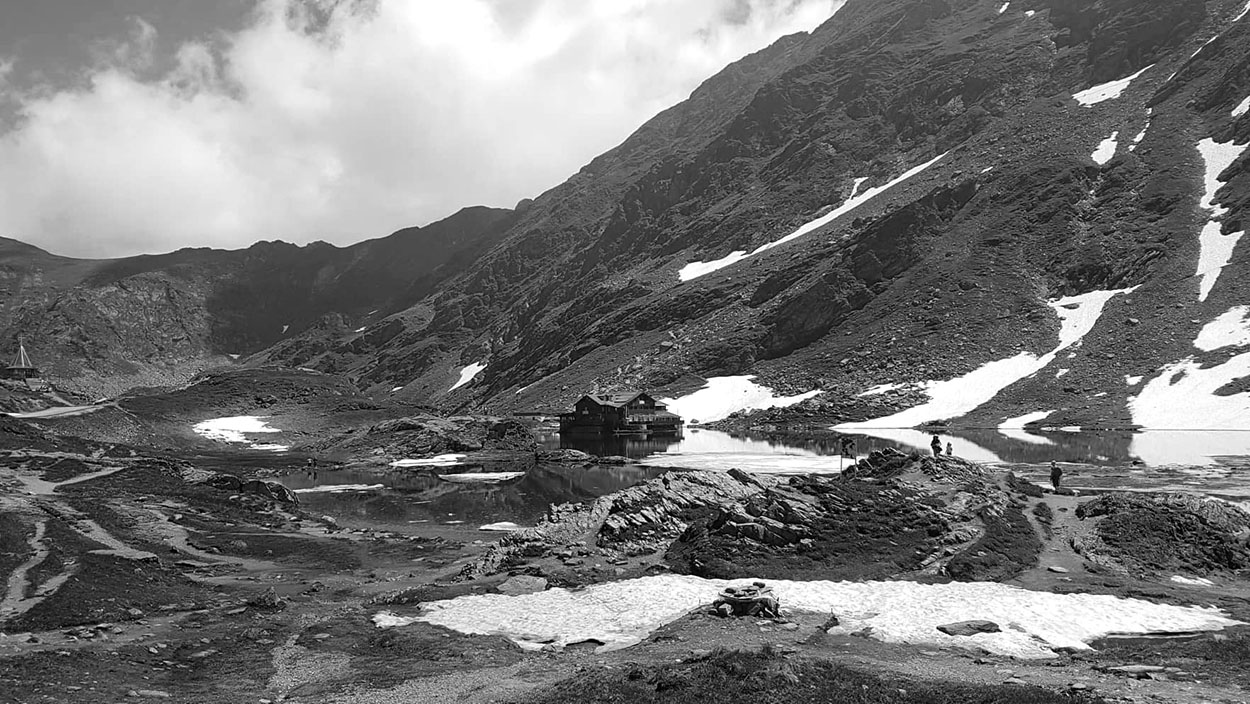
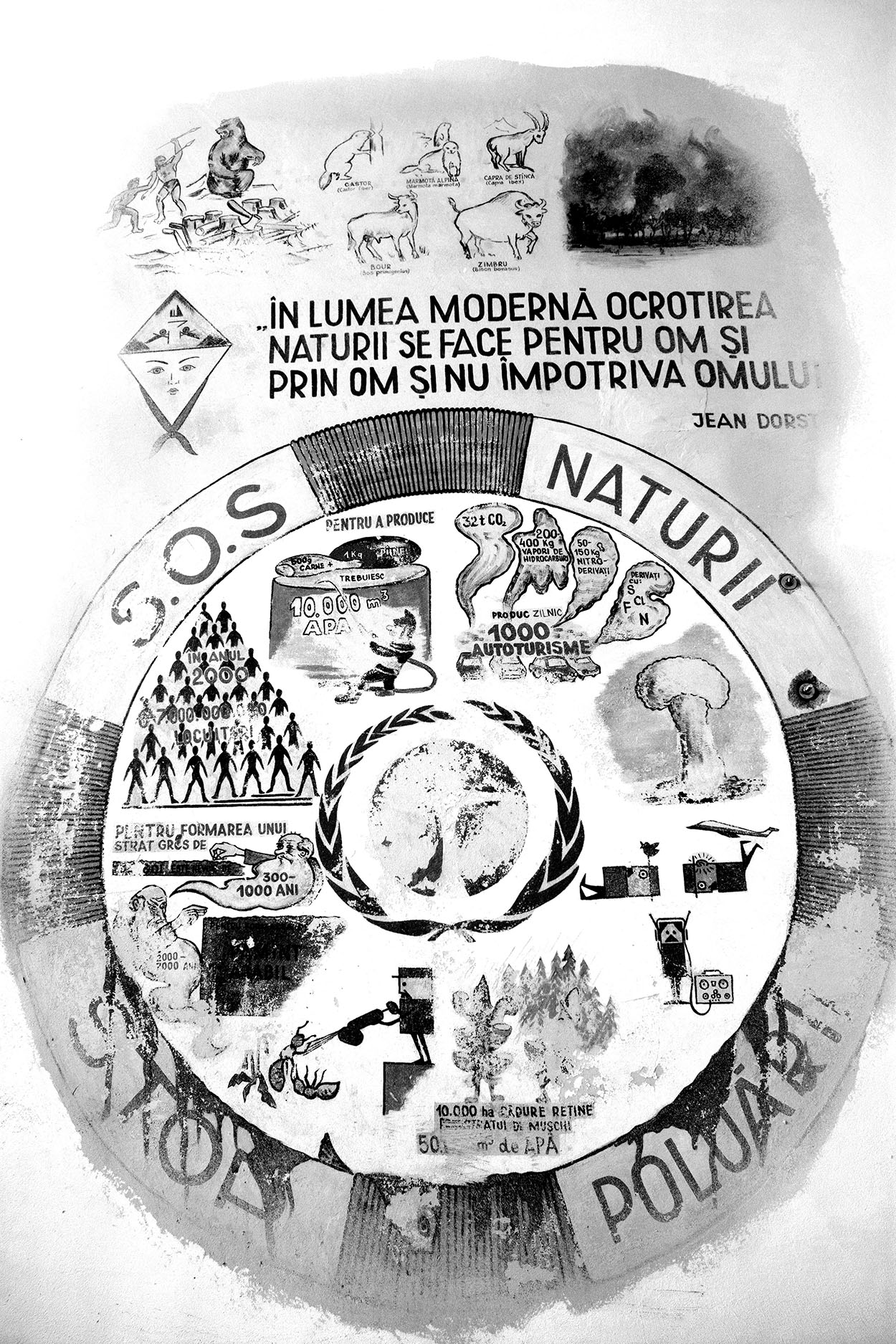
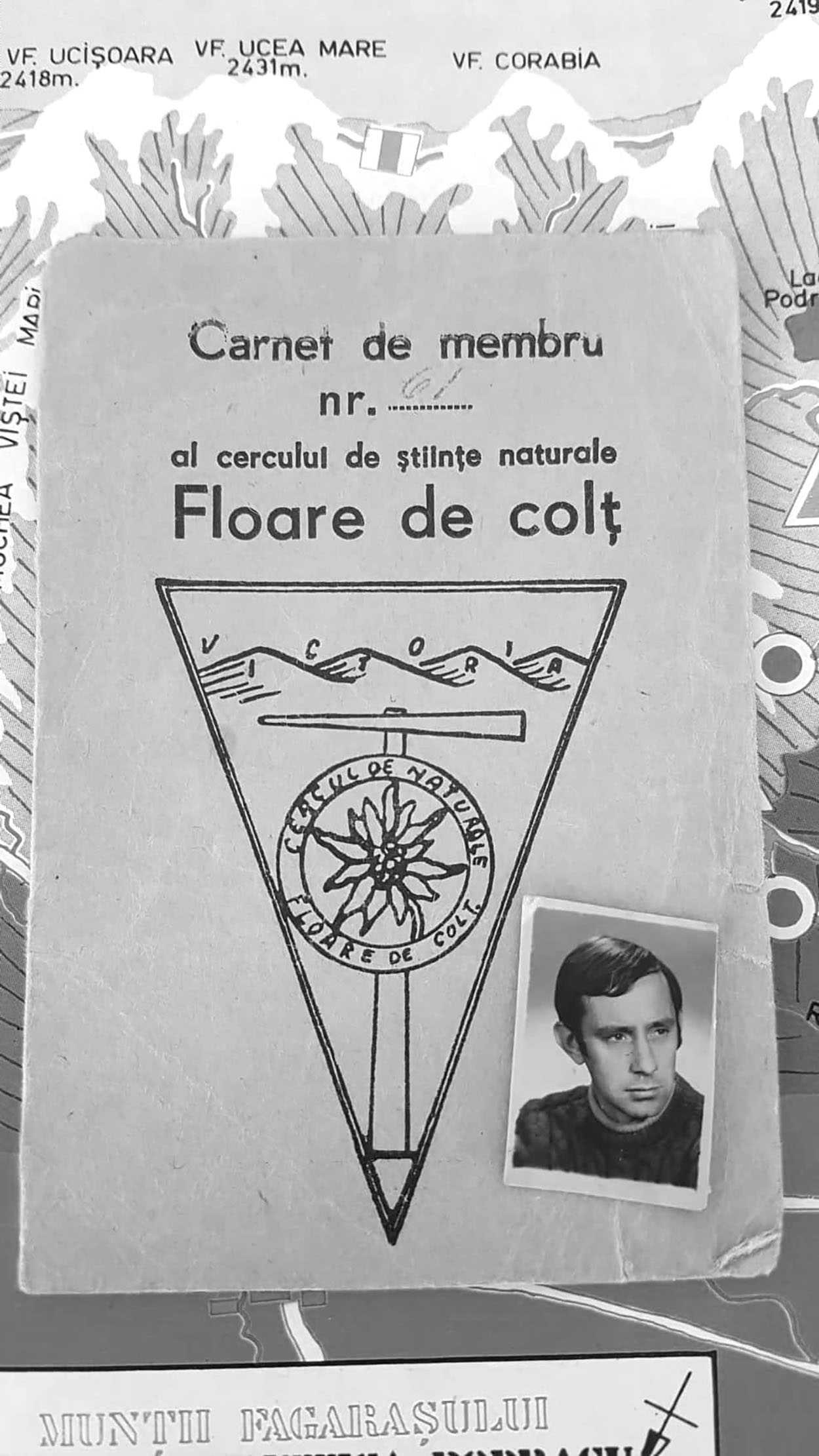
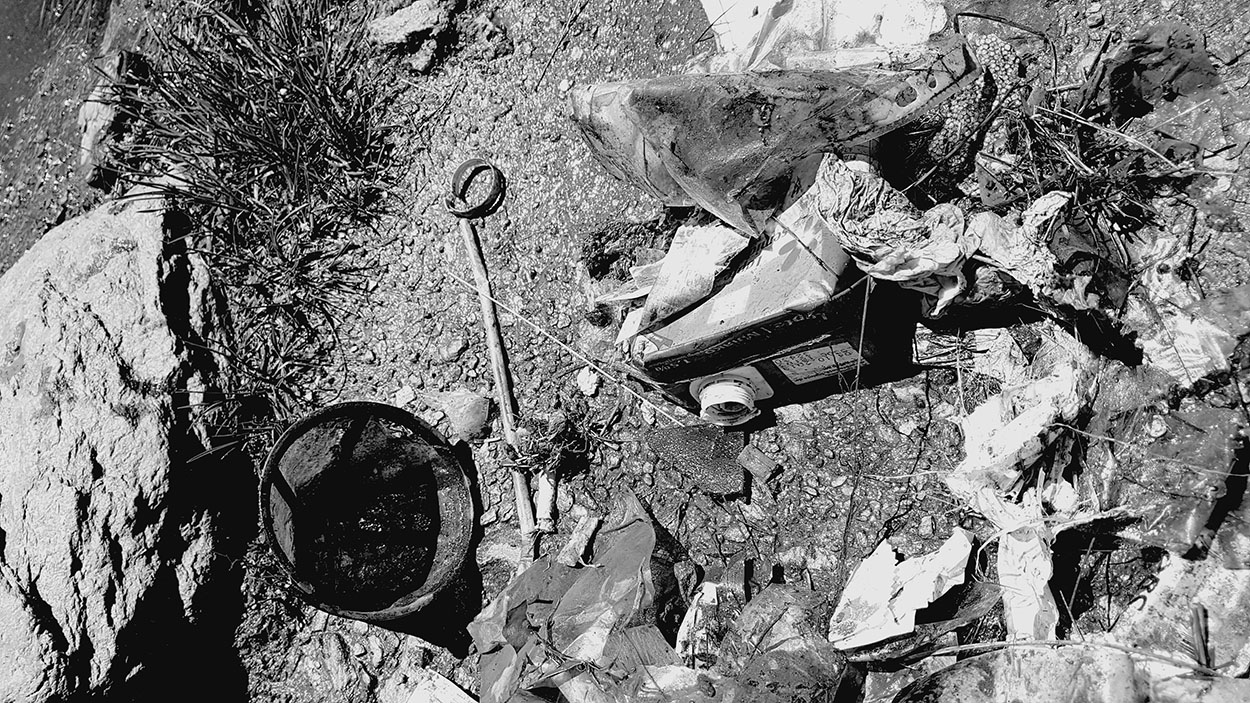
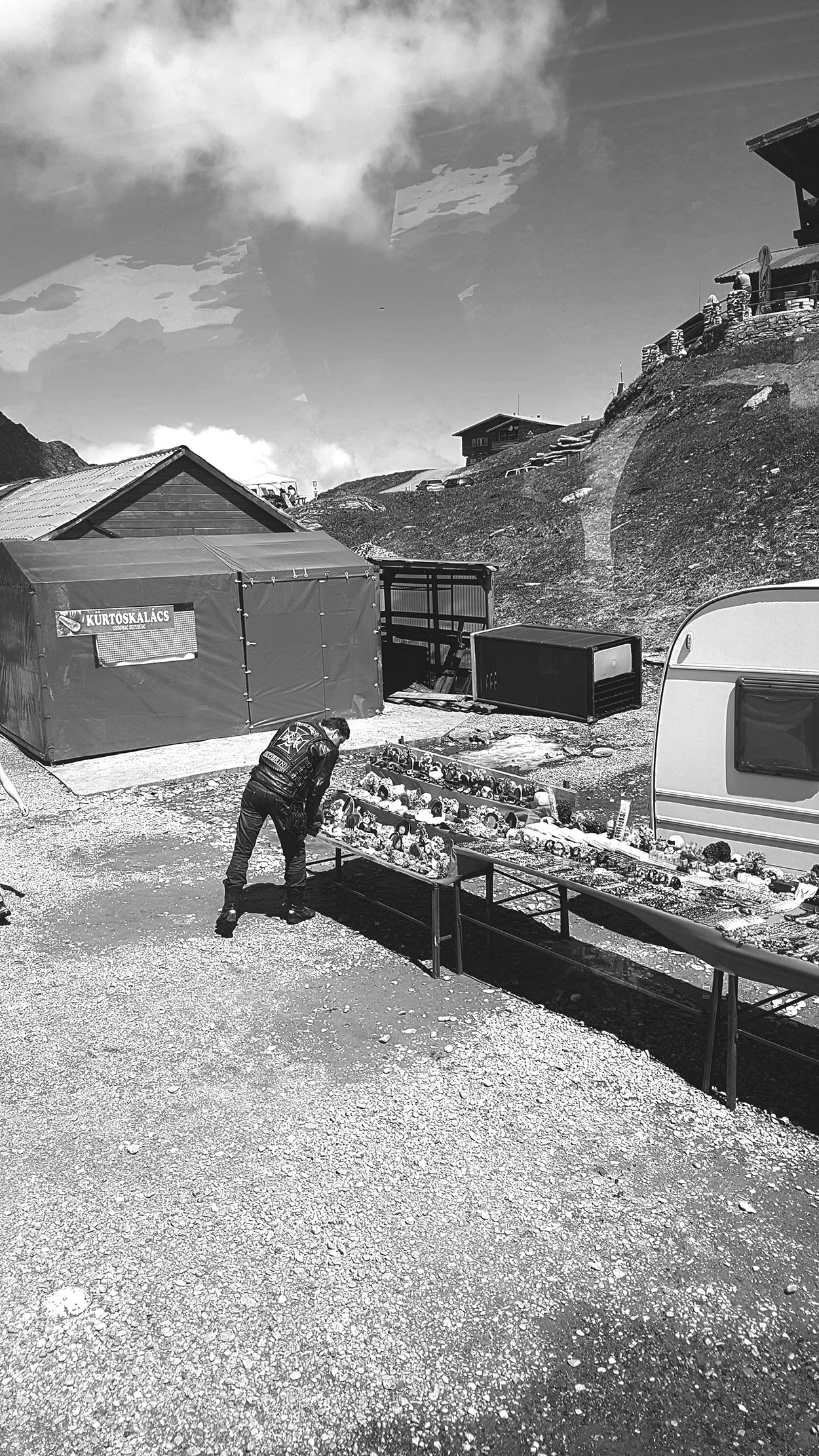
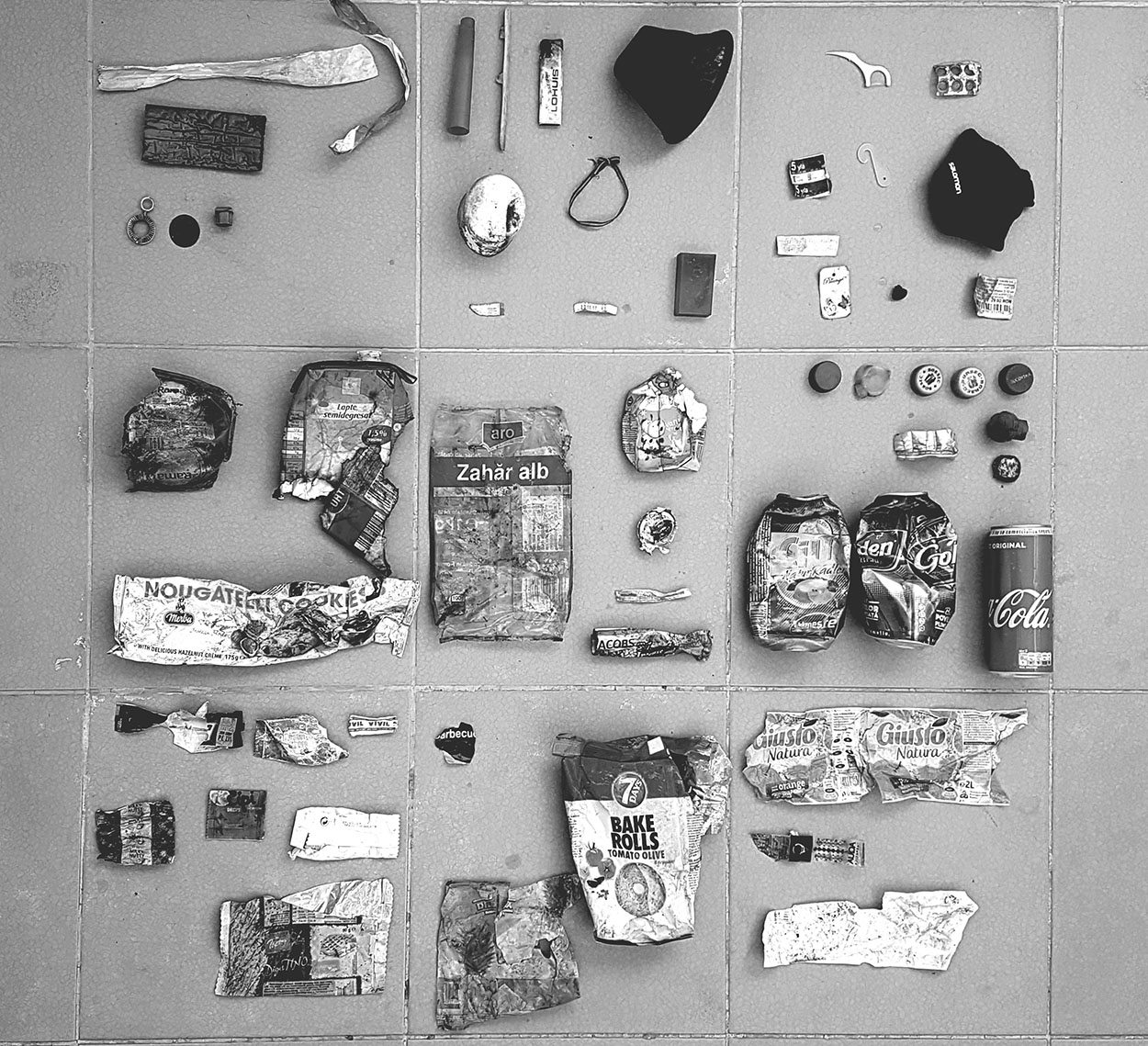
Acknowledgments
I started this project, which is published as a work in progress, during the Summer Camp on ‘Utopian Cities, Programmed Societies’ taking place June 2019, in Victoria, Romania.
My approach was strongly informed by the infrastructure research project CHT/Totalism <1> (Lanzarote, Canary Islands), with whom I have been collaborating with since mid-2018, and where I have spent the winter of 2018-2019. While my involvement in the project taught me about digital tools for knowledge organisation <2>, novel systems of representation <3> and the establishment of a tactical nomadic infrastructure <4>, it also gave me a wider theoretical framework to practice critical thinking <5>. Performing research outside of traditional institutions and often being confronted to the lack of basic infrastructures in these locations (access to water or absence of Wifi) has refocused my rather ‘hands-on’ material designer approach, towards attempting to share holistic understanding of events, such as ecocide; the mass anthropogenic impact on natures.
Context : a lake, a chemical industry and a culture of ecology
The scenery of the Balea Lake is located at 2034m in the Fagaras Mountains, South Carpathians. It is accessible by car and bus via the breath-taking Transfagarasan road, and is an outstanding tourist site in the heart of Romania. Day tours are available <6> and a chalet, directly by the lake, also offers activities and food for visitors <7>.
The city of Victoria, built after a Soviet regime and erected in the middle of a forest, has long existed for the purpose of the chemical factory established there in 1939. Despite the overall effort of the city and its infrastructures to train perfect workers for the factory during the communist era, in the 1960s a special class on ecology at the Liceul Teoretic was created and directed by Nicolae Diminescu. He later became active in several political movements, promoting ecology all over Romania. The educational programme included: excursions to the nearby mountains for students to birdwatch, to create inventories of insects, plants and small animals, as well as the practice of taxidermy and the painting of educational frescoes at the school.
The group called ‘Floare de Colt’ (Edelweiss club) formed by the Professor and his students proudly achieve the building of a mountain shelter, or ‘Cabana’, during this period (later destroyed).
In the light of contemporary practices, I understand this club as a group of volunteers, ecologists, potential activists, and an East European vanguard of today’s ‘citizen science’. Defined as “scientific research conducted, in whole or in part, by amateur (or nonprofessional) scientists, citizen science is sometimes described as ‘public participation in scientific research,’ […] whose outcomes are often advancements in scientific research, as well as an increase in the public’s understanding of science”. <8>
In times of illegal and violent deforestation threats in the country <9>, I believe this historic initiative has shaped an original mindset, that should be fostered to face ecological contemporary challenges.
Ecological-Hacker mindset | the application of the CHT/Totalism nature-culture principles
Since 2014, CHT is organising temporary, experimental off-grid desert camps, so living in natural environments, several times per year. <1> Systematising garbage collection in nature has been practiced, reflected and protocolised at CHT camps since 2016’s CHT4-C. <10> Within CHT protocols, discarded items present important visual clues to decode the local life.
My project in Victoria aims at practicing, extending and contributing to the CHT protocol for environmental activism. <11>
Statement
The method we put in practice is based on the observations of a visible phenomenon: waste in natural sites.
Deceptive from first sight, unpleasant in the natural context, even unexpected in a “preserved” area, we have to face it as a fact: waste is spread all over the world, left or brought there, by human activities, industrially or individually, or through wind and water streams. Surely, gathering waste in order to take it out of sight is an important action: ‘this is a civic gesture’ one will hear. Several initiatives on sea coasts are active and seeking for volunteers, such as Spanish brigades <12> and the international network of Precious Plastic. <13> In the case of objects found on a beach or swimming in the oceans, their origins, blurred by streams, are undoubtedly more challenging to identify. By opposition, in a relatively closed and remote ecosystem as the example of Balea Lake, we can assume that plastic wrappers and the like were brought by local human activities linked to tourism. Once we know the origins of a plastic object, we can also start to imagine its recycling and repurposing life cycle. It is true for the textile industry, as currently researched by IKEA and H&M <14>, and obvious in the rich and diverse world of plastic types. <15>
Applied protocol at Lake Balea <11>
* Be an active visitor.
Consider your time spent in the given place, and what you do there
== Within one hour of the visit, I would have liked to enjoy a short hike around the lake, but…
* Observe, research, rethink, and reconstruct a nature-culture logic
There will always be a set of different and somewhat inconsistent interactions, aim to curate them.
== While something in this place appeals to nature lovers and eco-tourism, directly on the parking lot, several stalls with goodies are open.
* In direct contact, collect things that should not be here
So the obvious man-made objects, non-biodegradable litter and waste…
== I collected the garbage, within my reach, lying in the lake and around it.
* Engage both with locals, and tourists/visitors.
Share practices, raise awareness, question habits.
== I engaged with other visitors while some would rather look away from the exposed trash.
* Consider the provenance of things
Trace to understand their origins.
== detailed in “decoding” below, and to be pursued.
——-
a more exhaustive inventory is accessible online <16>
* Make something out of it
Document, exhibit, …
== this article, online documentation and further investigations.
Decoding: What do people do at Balea Lake?
This speculation is based on waste found in the lake or in the grass and the CHT protocol applied to them.
They enjoy the view, maybe take a walk around, and also…
EAT:
* Their picnic -> aluminium foils
* Sweets -> candies, cookies and ice creams wrappers
DRINK:
* A coffee bought at the nearby café -> small plastic cups
*Possibly with milk in it -> very damaged milk packages, also special ones for kids
* Sugar -> individual packages and large plastic
* A beer or a cola -> cans in various states of degradation
* Liquids from plastic bottles -> bottle tags and caps
FLOSS:
*With a floss pick
SMOKE
* A broken lighter
* Several cigarette butts <17>
Tourists commonly like to buy souvenirs and right there are semi-permanent stalls displaying shiny plastic jewellery, sliced agate geodes and mountain cheeses…local and international goods are presented side by side. What comes from afar needed to be wrapped in protective materials, such as the ones found at the bottom of the lake:
* pieces of white polystyrene
* large strong plastic sheets
To make for a welcoming atmosphere, the chalet, where people enjoy the view and a café, is decorated with green plants:
-> A price tag for a plant in a ceramic pot was found in the mud
* Distributed by Carrefour Romania
* Originally from the Netherlands
——–
== Drawing a tentacular network of production, distribution and logistics where economics, politics and societies are actors.
Ecology and politics, a desirable future?
As the notion of Anthropocene is being scientifically acknowledged <18>, and the impact of humans’ activities on the planet and its environmental degradation recognized, I want to evoke the paradigm of the ‘consumer’s power’. While it let us imagine that we are all actors of change, I believe this tendency to be mostly fooling the conscious citizens by hiding the decisive role and responsibility of big corporations in the current ecocide. Ecological culpabilities, recycling stress, avoiding taking a flight or two, and so many other little daily things <19> that we actually have to do at our personal scale to save the planet, or so are we told to. Unfortunately, it still appears that the (real) powerful actors are the ones who:
* Create industrial and chemical waste and pollution <20>,
* Emit large amounts of CO2, such as international logistics networks for goods transportation <21>,
* Practice economical lobbying upon political power <22>
* Evade state taxes; typical for multinational corporations
In an attempt to formulate my desired vision for the future of our humanity on Earth, with regards to the impact of humans’ activities and specifically the production of objects, food and plastics, I encountered the ‘Ecosocialist Manifesto’ <23> and here I quote:
* an extract of their position:
‘Acting on nature and its ecological balance, the [capitalist] regime, with its imperative to constantly expand profitability, exposes ecosystems to destabilizing pollutants, fragments habitats that have evolved over aeons to allow the flourishing of organisms, squanders resources, and reduces the sensuous vitality of nature to the cold exchangeability required for the accumulation of capital.’
* their direction:
‘The goal [of ecosocialism] is a transformation of needs, and a profound shift toward the qualitative dimension and away from the quantitative. From the standpoint of commodity production, this translates into a valorization of use-values over exchange-values—a project of far-reaching significance grounded in immediate economic activity.’
Finally, in tribute to the Edelweiss Club’s mountain chalet, I read the book ‘Nos cabanes’, written by Marielle Macé and I quote these simple words that resonate as a code of conduct for me:
‘Face the world – Inhabit differently – Enlarge it’
REFERENCES
1 = Main website entry https://totalism.org
2 = E2h software https://totalism.org/E2H
3 = Research project on representation systems https://totalism.org/representation
4 = CHT base tech-tree https://totalism.org/tech-tree
5 = Shared knowledge and background https://totalism.org/commonground
6 = For example https://toursinbrasov.com/tours/visit-balea/
7 = Official website http://balealac.ro/en/home/
8 = Wikipedia https://en.wikipedia.org/wiki/Citizen_science
9 = BBC article, 21Oct 2019, on murdered rangers in Romanian forest http://bit.do/rangers_romania
10 = 2016 camp https://totalism.org/season4-C
11 = Protocol at https://totalism.org/in-nature
12 = https://www.terracycle.com/es-ES/brigades/programa-de-reciclaje-de-plasticos-en-playa
13 = For example in Canary Islands https://www.facebook.com/PreciousPlasticCanarias/ or in Greece https://www.facebook.com/PreciousPlasticGreece/
14 = Online article, 17.Oct 2019, on fabric recycling research by H&M and Ikea http://bit.do/fabric_recycling
15 = List https://en.wikipedia.org/wiki/Plastic_recycling
16 = Balea collected waste list https://totalism.org/site-balea
17 = Considered the most common litter found on Earth according to https://www.ncbi.nlm.nih.gov/pmc/articles/PMC4307979/
18 = As explained at https://editors.eol.org/eoearth/wiki/Anthropocene#Evidence_for_the_Anthropocene
19 = Online article, 15.Oct 2019, on ecology and consumers’ choices https://grozeille.co/lecologie-de-la-carte-bleue
20 = See list at https://www.worldatlas.com/articles/the-top-10-polluting-industries-in-the-world.html
21 = Research published in 2012 https://www.researchgate.net/publication/268603205_Logistics_and_Its_Environmental_Impacts
22 = As illustrated for agro-chemistry in the TV series “Jeux d’influence”, by Jean-Xavier de Lestrade, on ARTE, in July 2019
23 = Full manifesto at https://www.cnsjournal.org/about/an-ecosocialist-manifesto/
